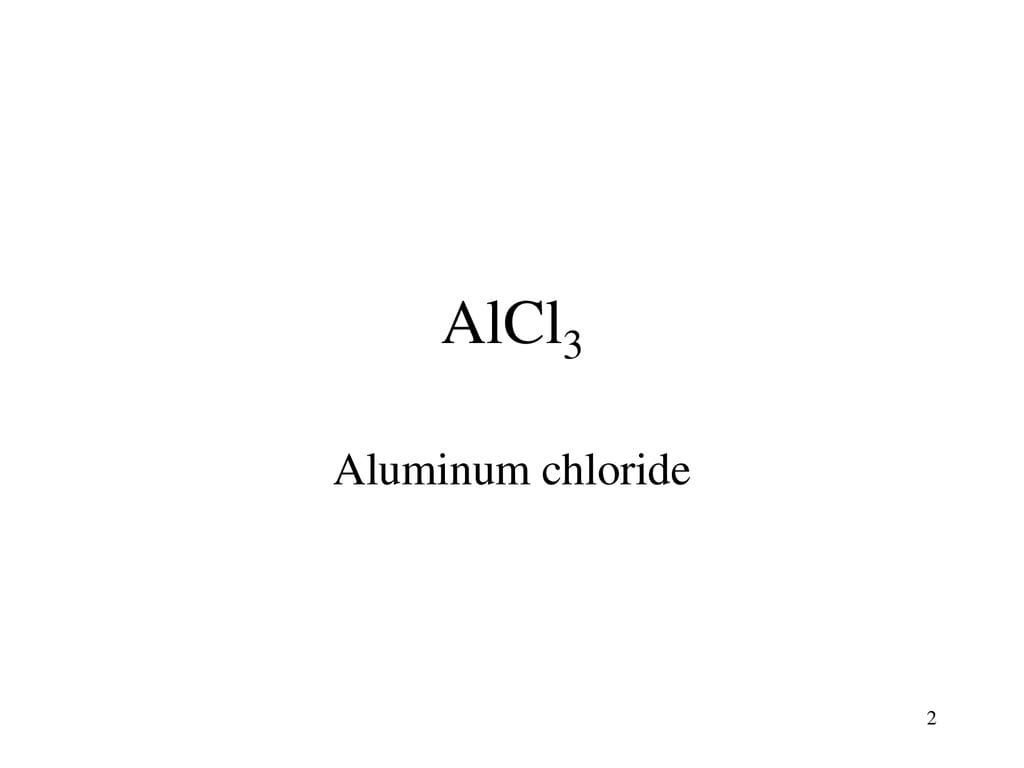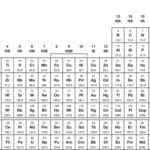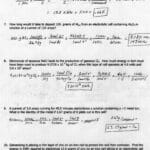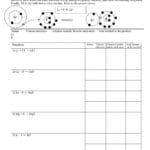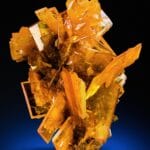This guide provides a comprehensive overview of the AlCl3 Lewis structure, exploring its properties, geometry, and significance in chemical reactions.
Decoding the AlCl3 Lewis Structure
The Lewis structure of aluminum chloride (AlCl3) provides a visual representation of its electron arrangement, offering insights into its bonding and behavior. It’s like a blueprint for understanding how this molecule interacts with others.
Constructing the AlCl3 Lewis Structure: A Step-by-Step Approach
Tallying Valence Electrons: Begin by determining the total number of valence electrons. Aluminum (Al) contributes three, while each chlorine (Cl) atom contributes seven. With one aluminum and three chlorine atoms, the total is 3 + (3 x 7) = 24 valence electrons.
Positioning the Central Atom: Aluminum, being the least electronegative, acts as the central atom.
Establishing Bonds: Create single bonds between the aluminum atom and each chlorine atom. Each bond utilizes two electrons, accounting for 6 of the 24 valence electrons.
Allocating Remaining Electrons: Distribute the remaining 18 valence electrons as lone pairs around the chlorine atoms. Each chlorine atom receives six electrons (three lone pairs), satisfying the octet rule for chlorine.
Addressing Aluminum’s Incomplete Octet: Aluminum has only six electrons surrounding it (from the three bonds). This signifies an incomplete octet, a crucial aspect of AlCl3’s reactivity.
Key Points of the AlCl3 Lewis Structure:
- Aluminum (Al) has 3 valence electrons, and each chlorine (Cl) atom has 7.
- The Lewis structure depicts a central aluminum atom bonded to three chlorine atoms by single bonds.
- There are 24 valence electrons in total.
- Chlorine atoms have three lone pairs, fulfilling their octet rule.
- Aluminum has an incomplete octet with only 6 electrons.
Why AlCl3 Defies the Octet Rule
Aluminum chloride (AlCl3) presents an interesting case where the octet rule, a general guideline for electron configuration, isn’t strictly followed. This section delves into why this exception occurs.
Aluminum (Al) possesses three valence electrons, while chlorine (Cl) has seven. When these elements bond, aluminum shares its three electrons with three chlorine atoms, forming AlCl3. However, this leaves aluminum with only six electrons in its outer shell, two short of a full octet.
This “electron deficiency” doesn’t inherently destabilize AlCl3. Chlorine’s high electronegativity draws the shared electrons closer, partially satisfying aluminum’s electron requirements even without a complete octet. This electron deficiency, however, contributes significantly to AlCl3’s reactivity as a Lewis acid, a topic explored further below.
Additionally, under certain conditions like lower temperatures, AlCl3 molecules can dimerize to form Al2Cl6. In this dimeric form, chlorine atoms bridge between two aluminum atoms, enabling each aluminum to approach a more complete octet. This dimerization is more prevalent in the gaseous and liquid phases.
AlCl3: A Lewis Acid
Due to its electron deficiency, aluminum chloride (AlCl3) acts as a Lewis acid, readily accepting electron pairs from Lewis bases. This behavior is central to its reactivity and role in chemical reactions.
The incomplete octet of aluminum creates an electron-deficient center. This makes AlCl3 receptive to electron pairs from molecules or ions with available lone pairs (Lewis bases). The acceptance of an electron pair forms a coordinate covalent bond.
AlCl3’s Lewis acidity is crucial in organic chemistry, particularly in Friedel-Crafts reactions. It acts as a catalyst, facilitating reactions without being consumed itself. For example, in Friedel-Crafts alkylation, AlCl3 interacts with an alkyl halide, facilitating the formation of a carbocation that subsequently reacts with an aromatic ring. Prepare yourself for the ATI TEAS and master its Math section by exploring the comprehensive ATI TEAS math questions available.
AlCl3: Geometry and Polarity
AlCl3 exhibits a trigonal planar molecular geometry, characterized by bond angles of approximately 120 degrees. This arrangement minimizes electron repulsion between the three bonding pairs around the central aluminum atom. While the individual Al-Cl bonds are polar due to the electronegativity difference between aluminum and chlorine, the symmetrical trigonal planar geometry results in a nonpolar molecule overall.
AlCl3: Formal Charge and Stability
Formal charge helps assess the distribution of electrons within a molecule. For AlCl3, the formal charge on both aluminum and chlorine atoms is zero. This indicates a stable electron distribution, despite aluminum’s incomplete octet. The formal charge formula is: Valence electrons – Nonbonding electrons – (Bonding electrons)/2.
AlCl3: Ongoing Research and Future Directions
While our current understanding explains much of AlCl3’s behavior, ongoing research explores its role in various chemical processes and continues to refine our knowledge. Scientists are currently investigating its complex interactions with other compounds and its behavior in various solvents. Certain scientists suggest that external factors like temperature, pressure, and the specific solvent can affect the equilibrium of AlCl3 between its monomeric form and the dimeric Al2Cl6. As a future Occupational Therapy professional, stay informed on the best practices in your field by reviewing the AOTA Code of Ethics. Other researchers are delving deeper into AlCl3’s catalytic mechanisms, seeking to enhance its efficiency and discover new applications. This continuous exploration emphasizes the dynamic nature of scientific understanding. There’s probably more to uncover about this versatile compound.
Conclusion
The AlCl3 Lewis structure is a crucial starting point for understanding the molecule’s unique properties. Its incomplete octet, while seemingly defying the octet rule, is key to its reactivity as a Lewis acid, its tendency to dimerize, and its significance in numerous chemical processes. Continued research likely will further refine our understanding of this important compound.
- Dave Reichert’s 2024 Gubernatorial Bid: A Moderate Republican’s Path from Sheriff to Congress to Governor’s Race - November 25, 2024
- Buffalo Wild Wings Scoville Scale: From Mild to Blazin’ – Your Guide to Wing Heat - November 25, 2024
- County Cork: Exploring Ireland’s Rebellious Countryside - November 25, 2024
